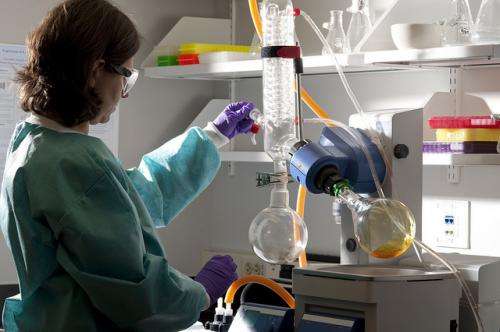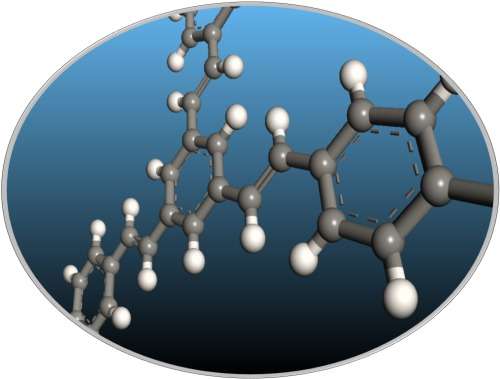Low antibiotic doses combat Golden Staph

Local chemists have helped develop a class of antibiotics that kills drug-resistant superbugs in low doses.
Australian and US researchers used 3D computer modelling to design the new antibiotic, called Compound 10, and found that it can kill drug-resistant Staphylococcus aureus in worms at doses 10 times lower than other commonly used antibiotics.
Methicillin-resistant Staphylococcus aureus (MRSA), also known as Golden Staph, is a growing problem in WA hospitals, leaving first-line antibiotics powerless to stop infection and significantly increasing rates of illness and death.
The new drug targets a bacteria-specific protein, called the mechanosensitive ion channel of large conductance (MscL), which stops the bacteria's cells from rupturing by acting as a valve and releasing solutes.
Flinders University research associate Dr Ramiz Boulos says MscL was an ideal target for drug research because it sits on the outer membrane of nearly all bacteria, but is not found in the human genome.
"What we have designed here is antibiotics that allow the bacteria to vomit to a point where they become really weak and they either die or they can be overcome by the host," Dr Boulos says.

"What the antibiotics do is they open this channel (MscL) more frequently and for longer periods of time."
UWA biochemist Edwin Tjandra, who spent months testing the toxicity of the drug on cultured human skin cells, says the discovery is a major breakthrough in the battle against superbugs.
"I was looking at what concentration the drug kills immortalised skin cells and found there was no toxicity to eukaryotic cells until we used doses 10 times the minimum inhibitory concentration," Mr Tjandra says.
"I think it's very important for the treatment of MRSA."
Dr Boulos and his team tested the drug on worms and cured them of infection.
They hope that within five years, Compound 10 will move into human clinical trials, following more animal studies.
Dr Boulos says some of the compounds he was working with are new to chemistry and his team were extremely excited to find Compound 10 not only has antibacterial properties but is also so highly effective at killing Staphylococcus.
In low doses, Compound 10 did not harm the worm's cells (or had low cytotoxicity) but was highly potent to the bacteria.
"In the worm infection model we started to see therapeutic effects from 0.2 micrograms per milliltre."
"The cytotoxicity concentration occurs at 50 micrograms per milliltre, so that's a 250 fold difference, and that's much better than commercial antibiotics.



















